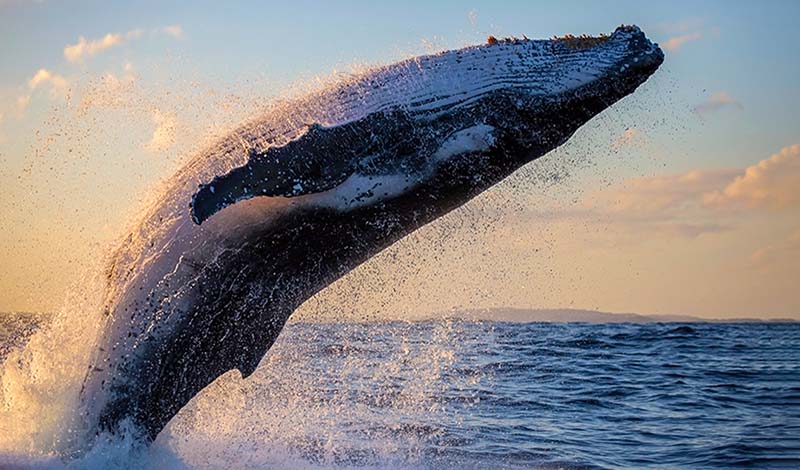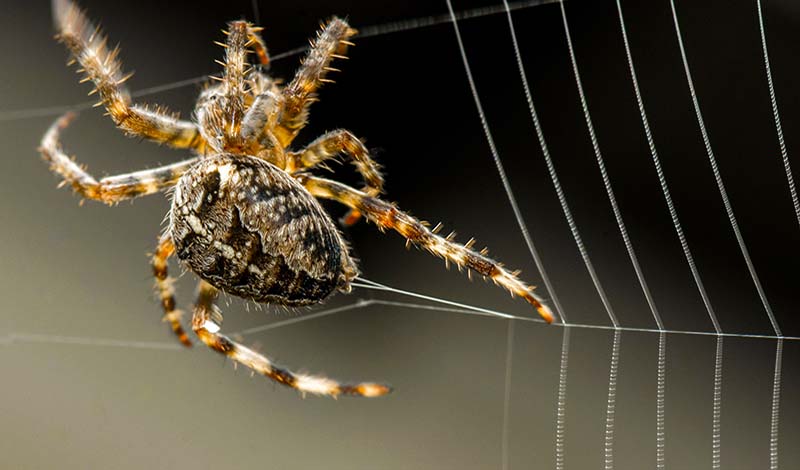
2-minute read
With feelings of awe and maybe a little envy, we marvel at our avian friends’ ability to take to the skies without a plane ticket. For one hundred years, scientists have studied the origins of bird flight to determine how feathered creatures evolved to achieve the capacity for lift-off. We now have a pretty good idea that the reptilian animals that ultimately developed into what we recognize as birds started on Earth 160 million years ago as ground-up, running flappers rather than tree-down gliders. What the aerial wonders didn’t anticipate when they successfully tested their wings was the eventual addition of flight path impediments otherwise known as buildings.
According to the Smithsonian Institution and the U.S. Fish and Wildlife Service, every year, between 365 and 988 million birds are killed because of building collisions. It seems only fair, now that birds have done the evolutionary heavy lifting of learning to fly, we do what we can to keep them in the air. While we can’t eliminate built structures, we can make them safer for our favorite fliers thanks to innovative solutions pioneered by conservationists at the Audubon.
Creating Bird-Friendly Skies
To help the billions of birds that migrate every spring and fall steer clear of the artificial light and skyglow from buildings that lead to collisions, Audubon has initiated Lights Out, a national effort to turn off unnecessary lights during hours they are likely to attract night travelers. Working with building owners, managers, and residents—people like you—the Lights Out program aims to reduce avian mortality rates by preventing birds from becoming confused by artificial light sources and colliding with windows and walls in the path of flyways.
Keeping it dark by implementing Audubon’s simple, inexpensive solutions can enable migrating and nocturnal species to safely make their way to wintering and breeding grounds, with the cost-cutting, planet-cooling bonus of reducing energy use. Find out what you can do to help create bird-friendly skies right here.

ICYMI Nature News
Awe-Inspiring Avian Beauty
If you need a striking visual reminder of avian beauty, wildlife photographer Rachel Bigsby captures the beautiful essence of bird life in her award-winning photographs. See her work here.
Blue Whales Are Back
Good news for the recovery of the world’s largest animal—the blue whale. According to Antarctic researchers, after two decades of monitoring the Southern Ocean for the majestic mammals’ distinctive songs, there are encouraging signs that blue whales are making a comeback after centuries of industrial whaling.
What’s a Kowari, Anyway?
Odds are are you’ve never seen a kowari, but Australian conservationists are hoping to save the endangered, brush-tailed cousin of the Tasmanian Devil from extinction, so you’ll get your chance. Meet the mini marsupial.
Orangutan Heal Thyself
For the first time in the wild, an oh-so-clever orangutan has been observed treating a facial wound with a medicinal plant after a dust-up with another male. No urgi-care for this smart fellow.
Just How Noisy Are Cicadas?
You might imagine that millions of cicadas would be pretty darn noisy. But how noisy? Noisy enough to report them to the police apparently. Officer, what in the heckin’ heck is that racket?
Blue Rock Thrush Makes an Unprecedented Pit Stop in the U.S.
In what may be the first-ever sighting in the U.S., a very rare, very pretty, little blue rock thrush has been captured on film by an amateur photographer in Oregon—peak birdwatcher’s envy.
Aquatic Bumblebees
Scientists have learned that the queens of a common species of North American bumblebee can survive up to a week underwater during hibernation. Super adaptable scuba bees!
Natural Magic
And finally, if you love poetry and you love science, have we got a book for you. Natural Magic—Emily Dickinson, Charles Darwin, and the Dawn of Modern Science by Renée Bergland, illuminates the parallels in the thinking of the two keenly original observers of the natural world.




































































